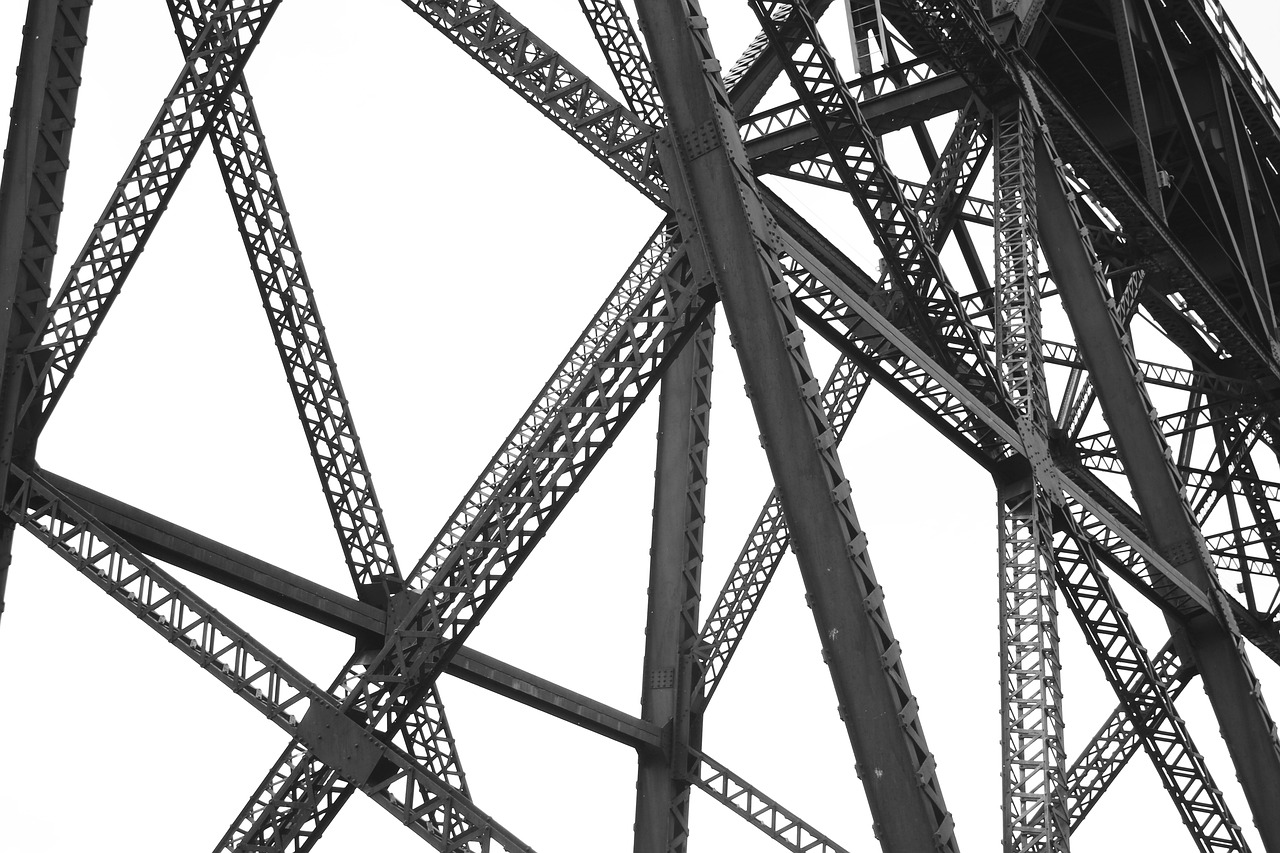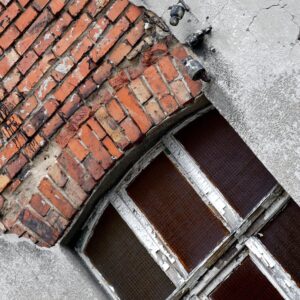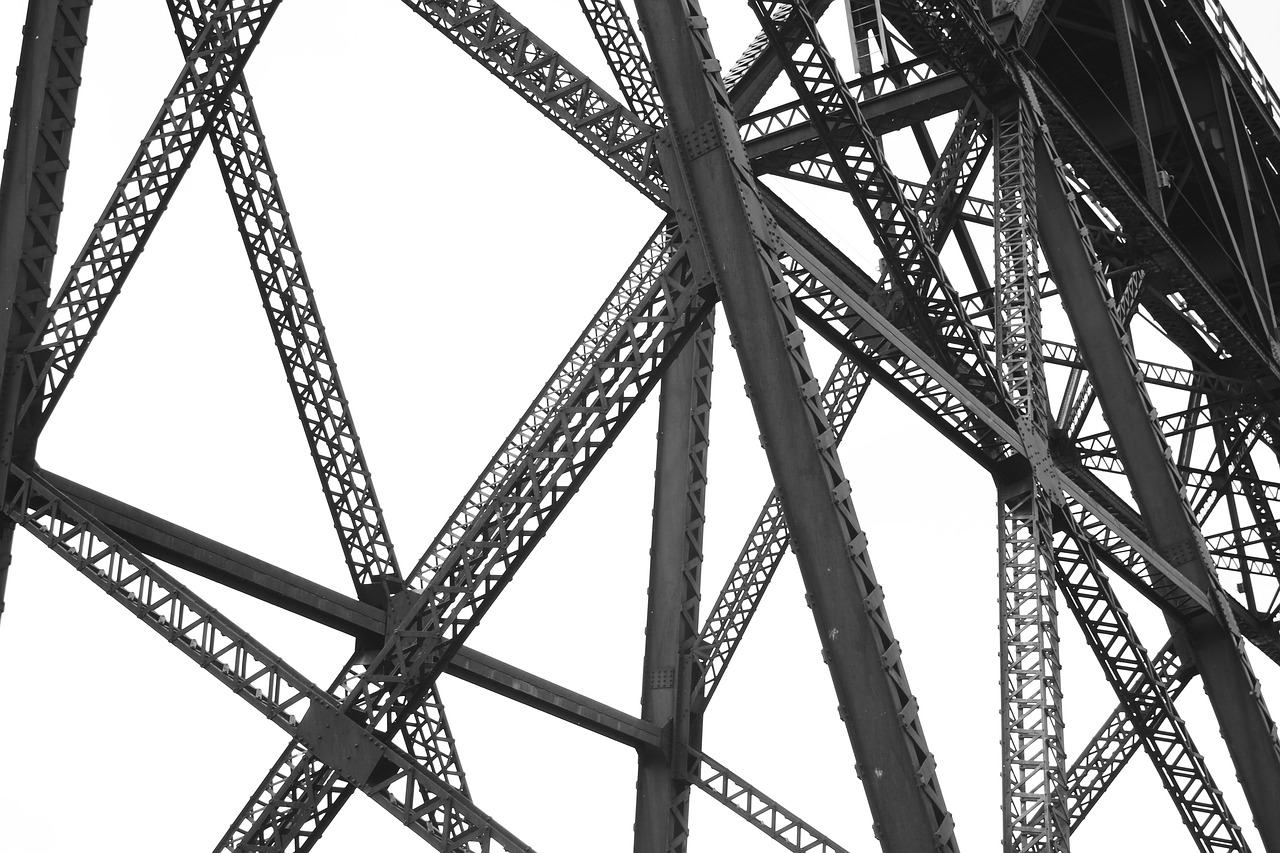
Are you facing the dilemma of whether or not to hire a structural engineer for a lintel project? If so, you’re in the right place. In this article, we will explore the importance of a structural engineer when it comes to lintels, those integral components that support the weight of your building’s load-bearing walls. Join us as we shed light on this topic and provide valuable insight into why investing in a structural engineer could be the smartest decision you make for your lintel project.
What is a Lintel?
A lintel is a horizontal structural component that spans an opening, such as a door or window, to support the weight of the structure above it. It acts as a load-bearing element, distributing the weight evenly to the surrounding walls. Lintels can be made from various materials, including steel, concrete, and wood, each offering different advantages depending on the specific needs of the construction project.
Understanding the Importance of Lintels
Lintels play a crucial role in maintaining the structural integrity of a building. Here are some key reasons why they are so important:
Supporting Load-Bearing Walls
One of the primary functions of a lintel is to support load-bearing walls. These walls carry the weight of the floors and roof above them and transfer the load to the foundation. Without a properly installed lintel, the weight exerted on the walls could lead to sagging or even collapse, compromising the stability of the entire structure.
Distributing Weight
Lintels help distribute the weight of the structure above evenly, preventing concentrated stress points that may cause cracks or other structural damage. By dispersing the load over a larger area, lintels ensure that the walls can withstand the forces exerted on them, enhancing the longevity of the building.
Preventing Structural Damage
By providing support and distributing weight effectively, lintels help prevent structural damage. By preventing cracks, shifting, or sagging, lintels contribute to the overall stability and safety of the building. They also help maintain the integrity of the surrounding walls, reducing the risk of costly repairs or potential dangers to occupants.

Types of Lintels
There are three main types of lintels commonly used in construction, each with its own unique advantages:
Steel Lintels
Steel lintels are popular due to their strength and durability. They can withstand heavy loads and provide excellent support for load-bearing walls. Steel lintels are often used in commercial buildings or large residential structures where a higher load-bearing capacity is required. They are also resistant to fire and corrosion, making them a reliable choice for long-term structural stability.
Concrete Lintels
Concrete lintels are another commonly used option for their strength and versatility. They are particularly suitable for masonry construction, as they can be easily integrated into the wall structure. Concrete lintels are cost-effective and provide adequate support for most residential and light commercial applications. However, they may not be as suitable for heavy loads or large spans as steel lintels.
Wood Lintels
Wood lintels are typically used in older buildings or traditional construction projects. While wood has a lower load-bearing capacity compared to steel or concrete, it can still be a suitable choice for smaller, non-load-bearing openings. Wood lintels offer a warm aesthetic and are relatively easy to work with, making them a popular option in certain architectural styles.
When Do You Need a Structural Engineer?
Determining whether you need a structural engineer for your lintel project depends on several factors. Consider the following scenarios:
Non-load-Bearing Walls
If you are replacing a lintel on a non-load-bearing wall, such as an interior partition wall, consulting a structural engineer may not be necessary. In these cases, a qualified contractor or experienced professional may be able to assess and carry out the replacement safely.
Load-Bearing Walls
For projects involving load-bearing walls, it is crucial to consult a structural engineer. Load-bearing walls play a critical role in supporting the weight of the structure, and any modifications or replacements require careful evaluation to ensure the structural integrity of the building remains intact. A structural engineer will assess the load capacity, consider the materials being used, and provide expert guidance to ensure the correct design is implemented.
Unconventional Lintels
If your lintel project involves unconventional designs or materials, such as curved or cantilevered lintels, it is highly recommended to engage a structural engineer. These designs require specialized calculations and expertise to ensure they can handle the load and maintain structural stability.
Complex Structural Issues
If your building has existing structural issues or if you are unsure about the condition of the surrounding walls, seeking the advice of a structural engineer is essential. They will assess the overall structural health of the building, identify any potential weaknesses, and provide recommendations for reinforcement or repairs if necessary.

Factors to Consider
When deciding whether to hire a structural engineer for your lintel project, consider the following factors:
Building Codes and Regulations
Building codes and regulations vary by location and may dictate certain requirements for lintel installations. A structural engineer is familiar with these codes and can ensure that your project complies with all relevant regulations, avoiding potential penalties or legal issues down the line.
Structural Integrity of the Building
The overall structural integrity of the building is an important consideration. A structural engineer can assess the condition of the existing walls and determine if any reinforcements or modifications are necessary. This evaluation helps ensure that the new lintel installation or replacement will not compromise the stability of the structure.
Proposed Modifications or Additions
If your lintel project involves modifications or additions to the existing structure, such as removing walls or adding new openings, a structural engineer is crucial. They will evaluate the proposed changes, factor in the load requirements, and design a solution that maintains the structural integrity of the building while accommodating the desired modifications.
Benefits of Hiring a Structural Engineer
Hiring a structural engineer for your lintel project offers numerous benefits:
Ensuring Safety and Compliance
Safety is paramount in any construction project, especially when it involves structural components. A structural engineer will ensure that the lintel installation or replacement is done correctly, taking into account all safety considerations, and meeting building code requirements. This helps protect the occupants of the building and minimizes the risk of structural failures.
Accurate Load Calculations
Determining the correct load-bearing capacity for a lintel is crucial to prevent overloading or under-supporting the walls. A structural engineer has the expertise to accurately calculate the loads and design a lintel that meets the necessary requirements. This precision ensures that the lintel can effectively support the weight and distribute it evenly, minimizing the potential for structural damage.
Customized Solutions
Every lintel project is unique, and a structural engineer can provide customized solutions based on the specific needs and constraints of your project. They will consider factors such as the span, wall construction, material limitations, and any other relevant considerations to design a lintel that suits your requirements. This personalized approach maximizes the effectiveness and efficiency of the lintel installation, providing long-term stability for the building.

Hiring a Structural Engineer for a Lintel
When hiring a structural engineer for your lintel project, follow these steps for a smooth and successful collaboration:
Finding a Qualified Engineer
Start by researching and finding a qualified structural engineer with experience in lintel design and analysis. Look for engineers who are licensed, have a good reputation, and are knowledgeable about local building codes and regulations. Online directories, professional organizations, and recommendations from contractors or architects can help you find the right engineer for your project.
Consultation and Evaluation
Arrange a consultation with the chosen structural engineer to discuss the details of your lintel project. During this meeting, provide all relevant information, such as architectural drawings, project plans, and any specific requirements or concerns. The engineer will evaluate the project scope, inspect the existing structure, and discuss potential design options.
Design and Construction Phase
Once the engineer has gathered all the necessary information, they will proceed with the design phase. This involves developing detailed plans, calculations, and drawings that outline the lintel specifications and installation requirements. Throughout the construction phase, the structural engineer can provide guidance, conduct periodic inspections, and ensure that the lintel installation adheres to the design.
Cost Considerations
While hiring a structural engineer for your lintel project adds to the overall cost, the investment is worthwhile considering the long-term benefits and peace of mind. Key cost considerations include:
Professional Fees
Structural engineers typically charge fees based on the complexity of the project, scope of work, and their level of experience. Obtaining multiple quotes from different engineers can help you compare costs and find a competitive price that suits your budget.
Material and Labor Costs
In addition to professional fees, you should also consider the material and labor costs associated with the lintel project. These expenses may vary depending on the type of lintel chosen and the specific requirements of your structure. A structural engineer can provide guidance on the most cost-effective and suitable options.
Long-term Savings and Avoiding Risks
Though hiring a structural engineer may seem like an additional expense, it can save you money in the long run. A properly designed and installed lintel reduces the risk of future structural damage, which could require costly repairs. Moreover, ensuring compliance with building codes and regulations helps you avoid potential legal issues that may arise from non-compliant construction.
Alternatives to Hiring a Structural Engineer
While hiring a structural engineer is strongly recommended for lintel projects, there are a few scenarios where alternatives may be considered:
Simple Lintel Replacement
If you are confident in your knowledge and experience with lintel replacements, and the project involves a straightforward, non-load-bearing wall, you might consider handling it yourself or hiring a general contractor. However, exercise caution and ensure that you have a comprehensive understanding of lintel installation best practices and safety protocols.
Consulting a General Contractor
For less complex projects that involve load-bearing walls, consulting a qualified general contractor with experience in lintel installations may be an option. They can assess the project requirements and may have the skills and expertise necessary to carry out the installation correctly. However, it is advisable to have a structural engineer review and approve the design to ensure compliance and safety.
DIY Approach
A DIY approach to lintel replacements is generally discouraged, especially for load-bearing walls or complex designs. Lintel installations involve structural considerations, and handling them without professional guidance can lead to costly mistakes or potential safety hazards. It is important to prioritize safety and consult with a structural engineer in these situations.
Conclusion
When it comes to lintel installations or replacements, the importance of engaging a structural engineer cannot be overstated. From ensuring the safety and compliance of the project to providing accurate load calculations and customized solutions, a structural engineer plays a vital role in the success and longevity of the structure. While there may be alternatives in certain scenarios, balancing the budget with safety considerations is key. By assessing the complexity of the project and considering the specific needs of the structure, you can make an informed decision and ensure the structural integrity of your building for years to come.












